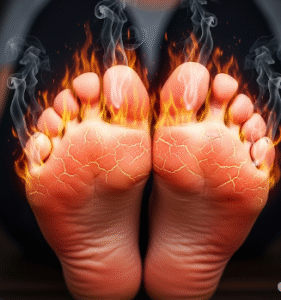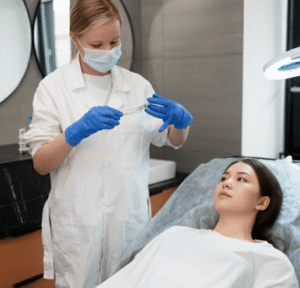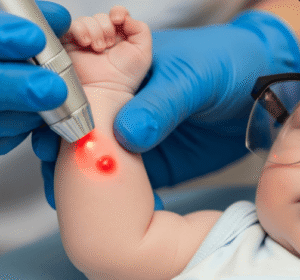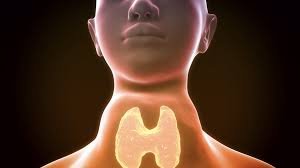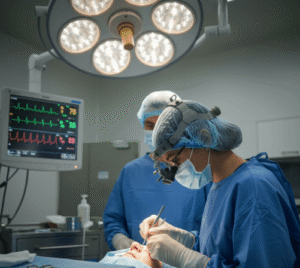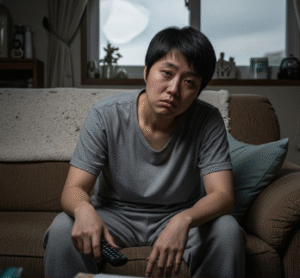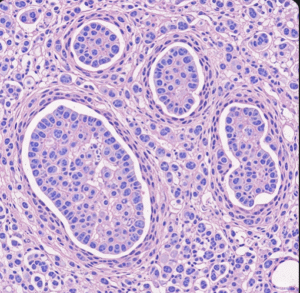Overview
Acute cholecystitis is a sudden inflammation of the gallbladder, most commonly caused by gallstones blocking the cystic duct. This condition can result in severe abdominal pain, fever, and digestive issues. It is a potentially serious health issue that requires prompt medical attention. Without treatment, acute cholecystitis can lead to complications such as gallbladder rupture or infection spreading to other parts of the body.
What is Acute Cholecystitis?
Acute cholecystitis is the inflammation of the gallbladder, a small, pear-shaped organ located beneath the liver that stores bile. The inflammation typically occurs when a gallstone obstructs the cystic duct, preventing bile from exiting the gallbladder. This blockage leads to a buildup of bile, causing irritation, pressure, and infection. The condition can also be caused by other non-stone-related factors (acalculous cholecystitis), especially in critically ill patients.
Symptoms
Common signs and symptoms of acute cholecystitis include:
- Sudden, intense pain in the upper right or middle abdomen
- Pain that may radiate to the right shoulder or back
- Tenderness over the abdomen when touched
- Nausea and vomiting
- Fever and chills
- Loss of appetite
- Bloating or gas
- Clay-colored stools or dark urine (in severe cases)
Symptoms often occur after eating fatty or heavy meals.
Causes
The primary cause of acute cholecystitis is:
- Gallstones (cholelithiasis): Block the flow of bile through the cystic duct
Other less common causes include:
- Bile duct problems or strictures
- Tumors that block bile flow
- Severe illness or trauma (leading to acalculous cholecystitis)
- Infections (e.g., bacterial infection following bile buildup)
Risk Factors
Several factors increase the risk of developing acute cholecystitis:
- Gallstones: Most common risk factor
- Age over 40
- Female gender (due to hormonal influence on bile)
- Obesity or rapid weight loss
- Pregnancy
- Diabetes
- High-fat diet
- Family history of gallbladder disease
- Prolonged fasting or total parenteral nutrition (TPN)
Complications
If untreated or poorly managed, acute cholecystitis can lead to serious complications:
- Gangrene of the gallbladder: Due to reduced blood flow
- Gallbladder rupture (perforation)
- Peritonitis: A life-threatening abdominal infection
- Bile duct infection (cholangitis)
- Pancreatitis
- Sepsis: If the infection spreads to the bloodstream
These complications require emergency medical intervention.
Prevention
Although not all cases are preventable, you can reduce your risk by:
- Maintaining a healthy weight
- Eating a balanced, low-fat diet
- Avoiding rapid weight loss
- Regular physical activity
- Managing chronic illnesses like diabetes
- Seeking treatment for gallstones before they cause problems
Treatment Options Korea
1. Hospital Admission
- Most patients are admitted for observation, IV fluids, and pain control
- Monitoring for signs of complications like perforation or abscess
2. Antibiotic Therapy
- IV antibiotics to treat or prevent bacterial infection
- Common agents: ceftriaxone, metronidazole, or piperacillin-tazobactam
- Adjusted based on culture or clinical response
3. Pain and Supportive Management
- NSAIDs or opioids for abdominal pain
- NPO (nothing by mouth) to rest the digestive system
- IV hydration and electrolyte correction
4. Cholecystectomy (Gallbladder Removal)
- Laparoscopic cholecystectomy is the standard treatment
- Often done within 72 hours of symptom onset (early surgery)
- Available in general surgery departments in most Korean hospitals
5. Percutaneous Cholecystostomy (for High-Risk Patients)
- Drainage catheter inserted under ultrasound/CT guidance
- Used in elderly or critically ill patients unable to undergo immediate surgery
6. Postoperative Care and Follow-Up
- Short hospital stay after laparoscopic surgery (2–4 days)
- Dietary guidance to prevent future bile issues
- Pathology review of the removed gallbladder to rule out malignancy



